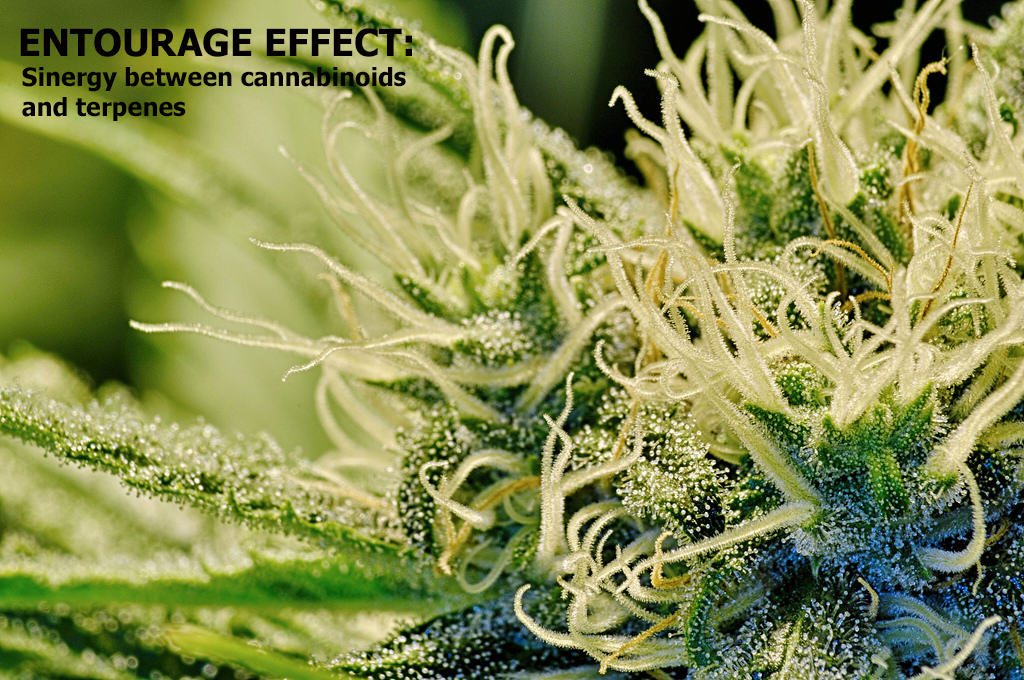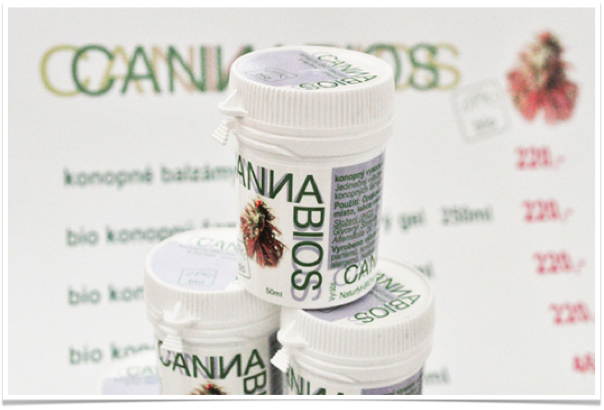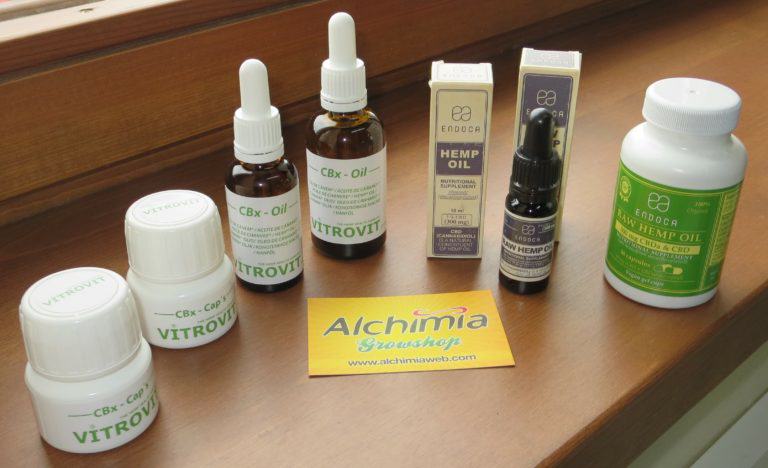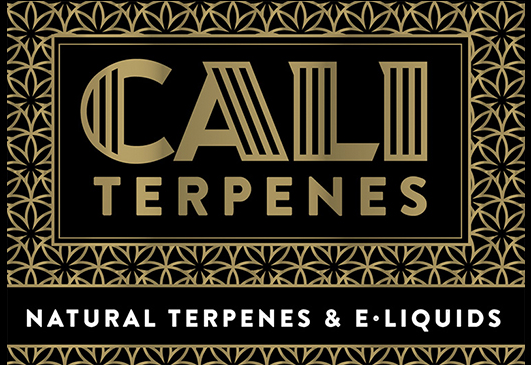How to make cannabis creams and ointments with CBD
List of contents
Cannabis creams and ointments with CBD
The many benefits offered by the cannabinoids such as CBD that are found in cannabis have been the subject of research for years, with numerous studies that directly relate the use of CBD with an improvement in a wide range of diseases or symptoms. Products such as CBD creams and cosmetics are now widely available on the market, and often also include other substances such as rosemary, tea tree or even terpenes (as we will demonstrate).
As we mentioned, it's relatively easy to find this type of cream these days, but we also know that many of you grow for yourselves or have access to CBD-rich cannabis. Therefore, today we're going to explain how to prepare a cream with CBD easily at home, with no more danger or difficulty than cooking any simple recipe! In addition, we will take a look at the main uses for this type of cream, which, as you'll discover, can range from pain management to psoriasis.
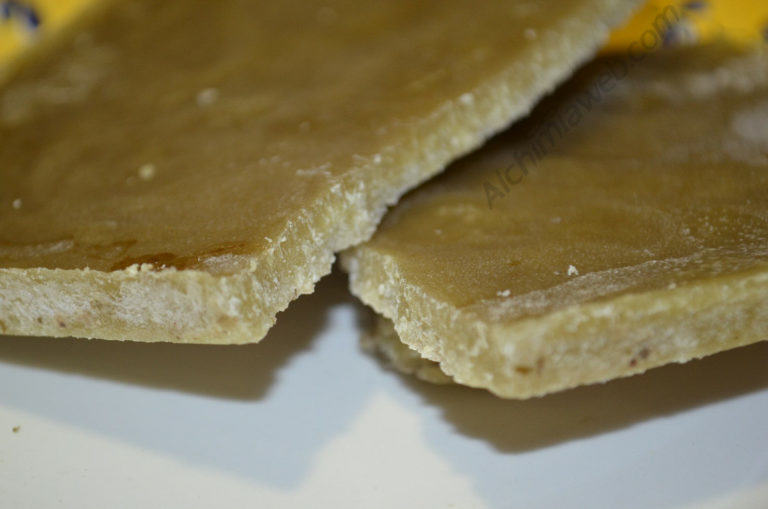
How to make CBD cream at home
The kind of cream we make will depend on the final mix and the type of compounds we use in its preparation. The easiest and cheapest is to start from a few buds of CBD-rich cannabis and prepare a cream that will contain many of the cannabinoids and terpenes present in the flowers. On the other hand, we could also employ a pure CBD extract, to which we can add terpenes or other compounds. The latter would, logically, be a more professional option although, if we work only with pure CBD crystals, we lose the benefits of what we call the entourage effect, by which the various compounds (cannabinoids and terpenes) work in synergy to enhance and modulate their effects.
The Entourage Effect: Synergy between cannabinoids and terpenes
Cannabinoids, terpenes, flavonoids and other compounds act together to modulate the effects of the cannabis plant in a synergy called "Entourage Effect". In this article we tell you more about this interesting phenomenon.
To keep things simple (and taking the relatively high price of pure CBD and isolated terpenes into account), here we'll show you how to prepare a cream using CBD-rich buds. The process is divided into two steps, and we'll give you a brief explanation of the reasons behind each step, so that you'll know what you're doing throughout the entire process, and why. There's nothing to fear, you'll quickly see how simple it is! Before we start, let's look at the items we'll need to make our own cannabis cream. Of course, you can adapt the proportions according to the number of buds you have or the final amount of cream you want to obtain.
Material & ingredients required to make CBD cream:
- 50g of dried CBD-rich cannabis flowers
- 60g beeswax
- 500ml vegetable oil, we'll use virgin olive oil
- 1 litre of water
- 3-5ml essential oils
- 1 fine mesh gauze to strain
Step 1. Extracting the cannabinoids and terpenes with vegetable oil
The first step is to make the cannabis oil, which involves dissolving the cannabinoids and terpenes that the buds contain, in vegetable oil (it can also be sunflower, almond, coconut oil, etc). The type of oil we choose will depend on the availability and the specific properties we want to give the cream. Once our infused oil is ready, in step 2 we will then mix it with the beeswax to make our cream. But let's not get ahead of ourselves, one step at a time!
To make the extraction, we pour the water and the olive oil into a saucepan and add the ground-up dried buds, broken down using a grinder (which increases surface area to facilitate infusion). On a low heat, we increase the temperature gradually, never exceeding 100ºC. It must be hot but not boiling! After 2-3 hours, during which time we stir constantly, we can strain the mixture carefully to separate the vegetable matter from the liquid. For this, we will use a fine sieve and cheesecloth to filter the liquid into a container. Once this is done, we put the liquid in the fridge for a little while to help the water separate from the oil containing the cannabinoids and terpenes, allowing us to easily remove the oily layer.
Indeed, as soon as we remove the container from the refrigerator we will see how the oily layer that contains the active compounds of interest to us has solidified and risen to the surface, separated from the water below it. We can remove the oil with the help of a spoon and move on to start preparing our cream!
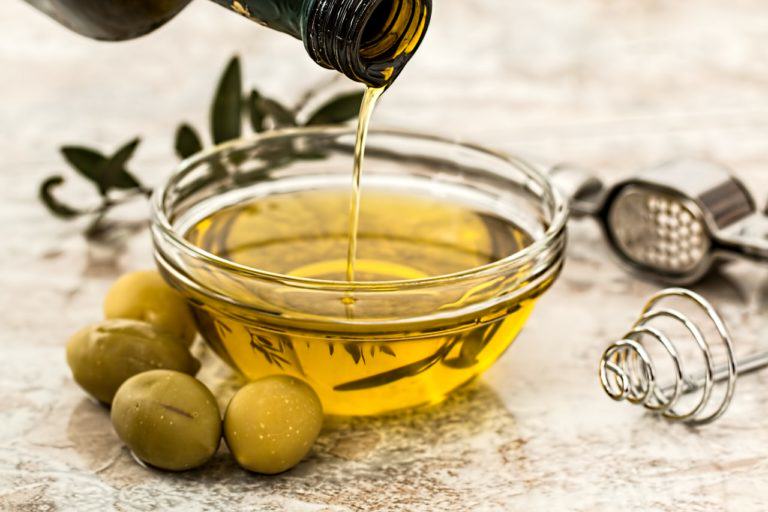
Step 2. Making the CBD cream
Now we have separated our cannabis oil from water in solid form. Now we put it in a saucepan and we apply low heat, just enough to return it to liquid. At this point, while stirring gently, add the essential oils that you want (just a few millilitres will be enough!), and then add the beeswax while continuing to stir on low heat. As you will see later on, the beeswax gives the cream the perfect texture when the mixture solidifies.
Once we have a homogeneous mixture, and before it cools, it's the perfect time to pour the cream into small, sealable jars or pots so that we can always carry one with us and benefit from the properties of CBD, wherever we are. Once it's been poured into the jars, allow it to cool and solidify, and in a matter of minutes, we can use it!
It is important NOT TO USE this type of cream on the mucous membrane areas, for example, the inside of the mouth or nose.
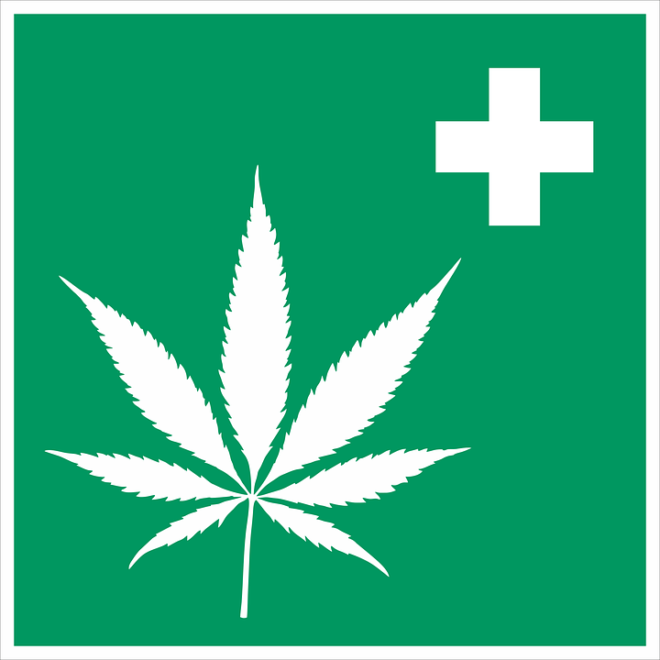
Uses for cannabis cream with CBD
This type of CBD cream is frequently used to treat a range of ailments such as muscle pain, arthritis or osteoarthritis, due to the already well-known anti-inflammatory properties of some of the most important cannabinoids, like THC and CBD. In addition, many cannabinoids and terpenes also possess antibacterial and antifungal properties, which in certain cases can offer effective treatment for skin problems like psoriasis, an irritating chronic inflammatory skin condition.
Using the appropriate vegetable and essential oils for each ailment can be very useful when dealing with specific problems. We can select certain oils depending on their properties and the final result you want to obtain, for example, a cream to help maintain perfect skin, or one that deals with pain or inflammation effectively. In our blog post about the effects of terpenes, you can consult a list of the various terpenes, their properties, as well as plants - and oils - where they are normally found.
Certain CBD creams and patches are prepared using an agent to allow better, faster assimilation of the active compounds through the epidermal barrier, such as PLO (Pluronic Lecithin Organogel), Pluronic F127, corn oil, cotton or safflower seed oil, as well as various kinds of fatty acids. All of them improve penetration of the skin, which increases the effectiveness of the compounds present in the cream or patch. There is more information regarding this in the bibliography of this article, although the use of these substances should be restricted to those with chemical and pharmaceutical knowledge.
Good health!
Bibliography of research into CDB consulted for the writing of this article:
- A review of pluronic lecithin organogel as a topical and transdermal drug delivery system, Murdan, S.
- Transdermal cannabinoid formulations, Nicole Smith, Noel Erwin Palmer
- Topical regional neuro-affective therapy with cannabinoids, Ronald M.D.
- Non-psychotropic plant cannabinoids: new therapeutic opportunities from an ancient herb, Izzo AA, Borrelli F, Capasso R, Di Marzo V, Mechoulam R.
- Cannabinoids inhibit human keratinocyte proliferation through a non-CB1/CB2 mechanism and have a potential therapeutic value in the treatment of psoriasis, Wilkinson JD, Williamson EM.
- Cannabinoids in dermatology: a scoping review, Eagleston LRM, Kalani NK, Patel RR, Flaten HK, Dunnick CA, Dellavalle RP.

















































